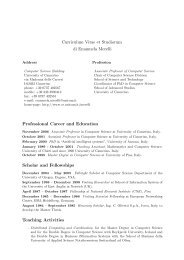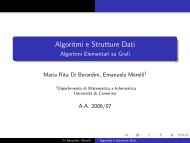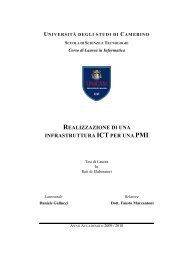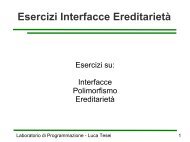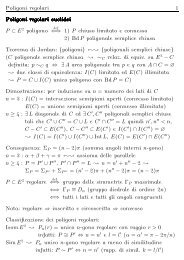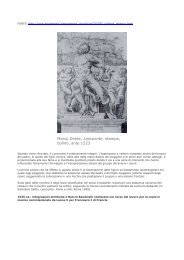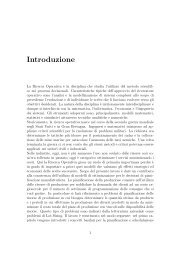Sossinsky:Knots. Mathematics with a twist.pdf - English
Sossinsky:Knots. Mathematics with a twist.pdf - English
Sossinsky:Knots. Mathematics with a twist.pdf - English
You also want an ePaper? Increase the reach of your titles
YUMPU automatically turns print PDFs into web optimized ePapers that Google loves.
4<br />
Y :<br />
:<br />
y<br />
o o<br />
:: y<br />
y: :<br />
o : o>-: o<br />
I I l ' I<br />
I I I<br />
I<br />
I<br />
I_Y---'" CI .. .. ..-:<br />
: .... ::-:--: <br />
://: ...- :_y:<br />
o 0 ( :_:<br />
",l <br />
oo<br />
o<br />
KNOTS<br />
Figure 1.3. Planar projection of a knot.<br />
specifying which knots belong to the same class. It requires, in other<br />
words, precisely defining the equivalence of knots. Sut we will leave this<br />
definition (the ambient isotopy of knots) for later, limiting ourselves<br />
here to an intuitive description. Imagine that the curve defining the<br />
knot is a fine thread, flexible and elastic, that can be <strong>twist</strong>ed and<br />
moved in a continuous way in space (cutting and gluing back is not al<br />
lowed). AlI possible positions will thus be those of the same knot.<br />
Changing the position of the curve that defines a knot in space by<br />
moving it in a continuous way (<strong>with</strong>out ever cutting or retying it) al<br />
ways results in the same knot by definition, but its planar representa<br />
tion may become unrecognizable. In particular, the number of cross<br />
ings may change. Nevertheless, the natural approach to classifying



